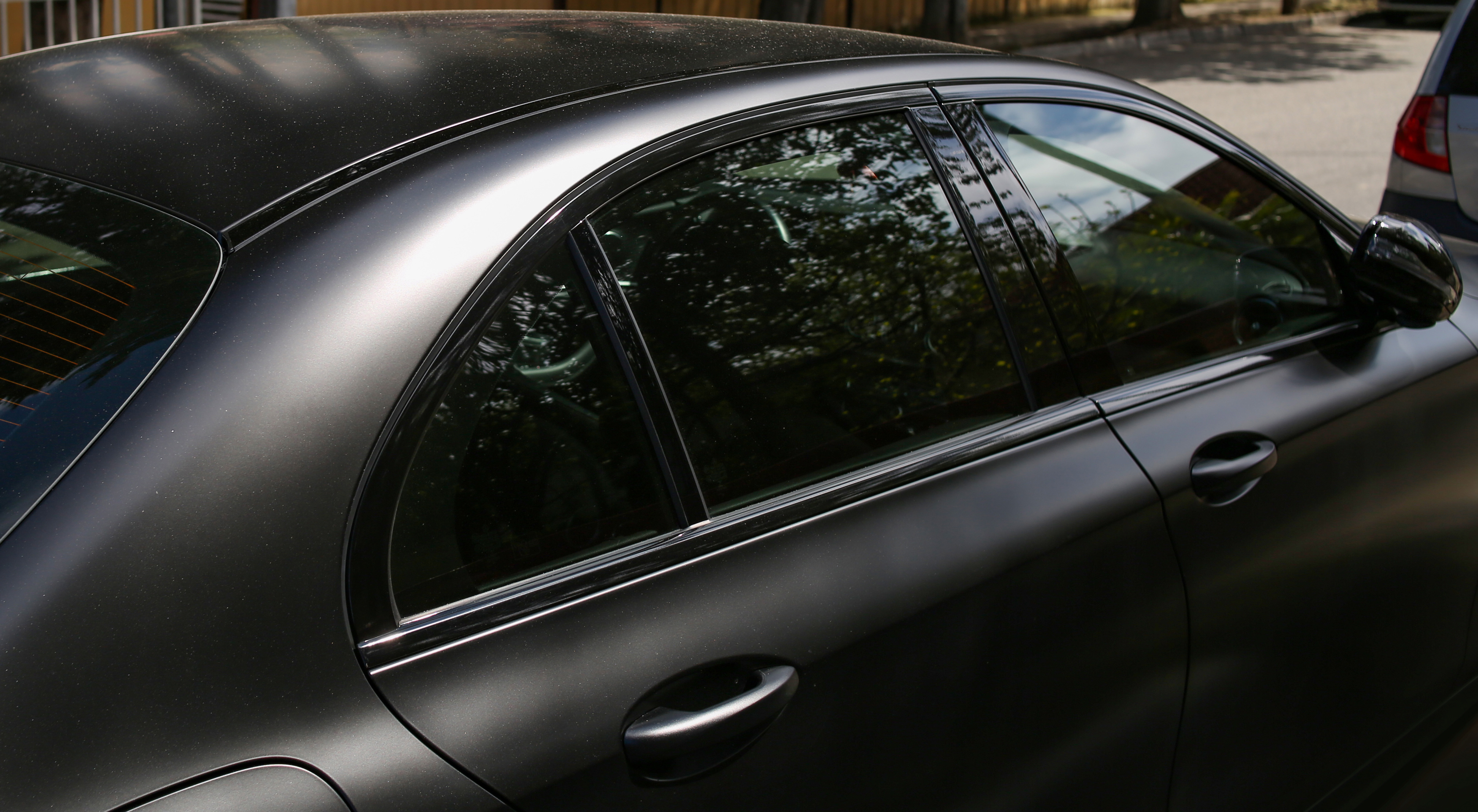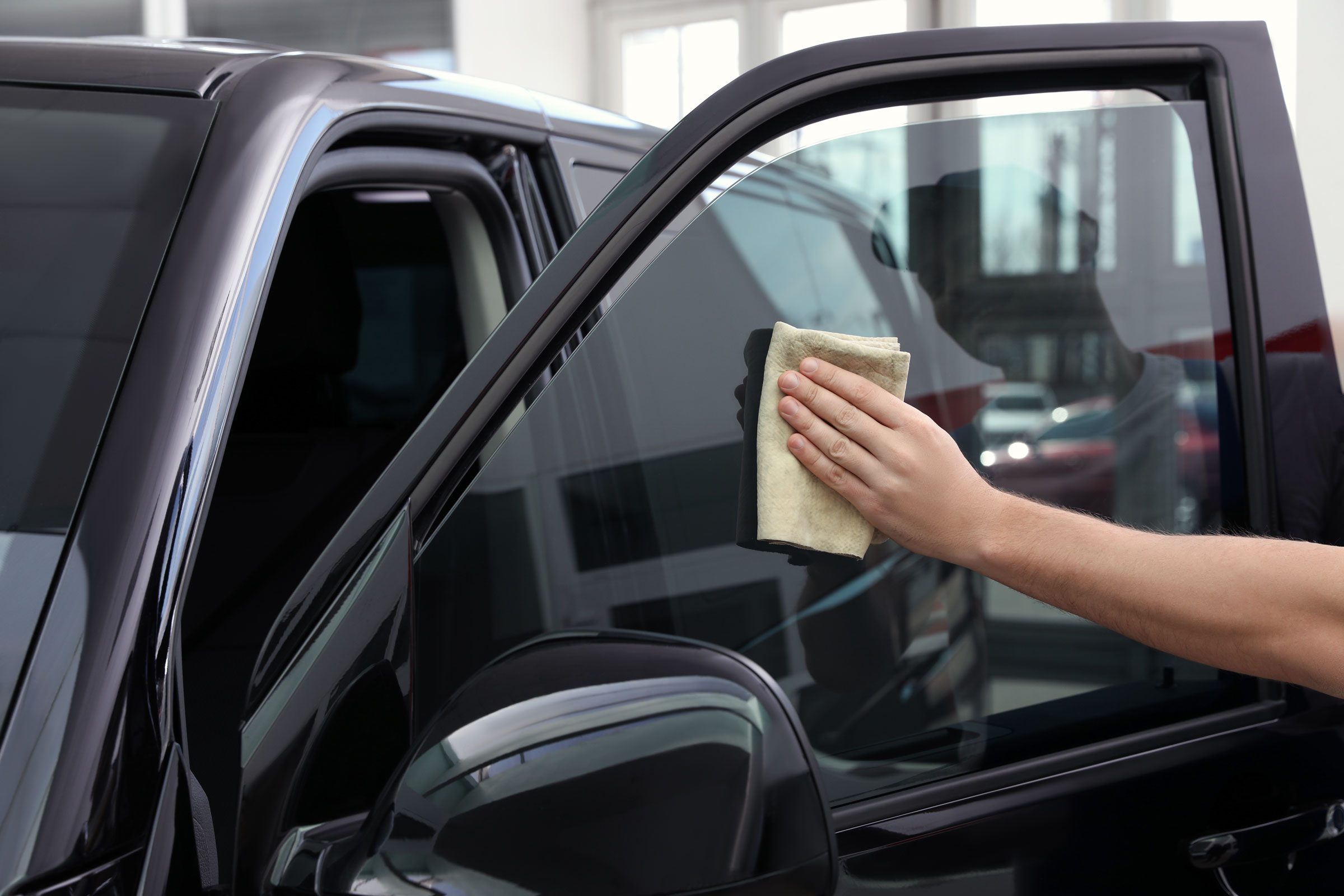Car Window Tinting: An Overview to Picking the Perfect Shade
Car Window Tinting: An Overview to Picking the Perfect Shade
Blog Article
Window Tinting Rules and Guidelines: What You Need to Know Prior To Tinting Your Automobile
Prior to continuing with window tinting for your automobile, it is essential to acquaint on your own with the diverse laws and guidelines that govern this method throughout various states. These policies determine the permissible levels of tint darkness, commonly measured by noticeable light transmission (VLT) percentages, and consist of certain specifications for front windshields aimed at making certain road safety and security.
Introduction of Home Window Tinting Rules
Window tinting laws are frequently based on variant across different territories, mirroring neighborhood regulations and security considerations. These legislations determine the permitted levels of color darkness and reflectiveness on car home windows, ensuring that drivers maintain adequate visibility while likewise shielding against harmful UV rays and heat.
The majority of policies categorize home window tinting based upon the Visible Light Transmission (VLT) portion, which suggests the quantity of light that can go through the home window. Normally, lower VLT percents symbolize darker colors. Regulations usually set apart between the front, side, and back home windows, with stricter constraints related to the front windshield to enhance safety and security for both the driver and other roadway customers.
Conformity with home window tinting regulations is critical, as violations can result in penalties, obligatory elimination of the color, and potential boosts in insurance costs. It is vital for automobile proprietors to acquaint themselves with regional laws before proceeding with window tinting installments.
State-by-State Tint Laws
Comprehending the certain window tinting guidelines in each state is essential for car proprietors seeking to adhere to the regulation. Each state in the U.S. has developed its own collection of regulations governing window tinting, which can differ significantly. These guidelines often dictate the allowable levels of color darkness, the sorts of windows that can be tinted, and any kind of clinical exceptions that might use.
For circumstances, states like California have strict restrictions on color darkness for front home windows, while others, such as New Mexico, might allow darker tints. Furthermore, certain states mandate certain exposure percents for numerous home windows, consisting of the windshield, front side windows, and rear windows. It is important for auto proprietors to acquaint themselves with their state's regulations to avoid potential fines or penalties.
Furthermore, some states may need an accreditation sticker label to be positioned on tinted windows, suggesting compliance with state legislations. Failure to adhere to these policies not only risks legal repercussions yet can also influence safety and security and presence while driving. Consequently, lorry proprietors need to perform detailed research or consult neighborhood authorities to guarantee complete understanding and conformity with state-by-state tint regulations.
Allowed Tint Types and degrees
Lots of car owners might be shocked to find out that enabled color degrees and types differ commonly throughout various states. Each state has developed its very own regulations regarding the permitted darkness and reflectivity of window color, commonly determined by Visible Light Transmission (VLT) percentages. VLT describes the amount of light that can go through the colored windows; hence, a lower percentage suggests a darker tint.

Additionally, the sorts of color materials allowed can differ, with some states banning metal or mirror-like surfaces. It is necessary for lorry proprietors to familiarize themselves with their state's details legislations to guarantee conformity. Non-compliance can lead to fines, mandatory elimination of the tint, or various other lawful consequences, making it imperative to recognize these policies prior to waging installment.
Medical Exemptions for Tinting
While not all states give allowances for clinical exemptions relating to window tinting, those that do acknowledge the need for particular people to enhance presence and comfort because of clinical conditions. Numerous medical conditions, such as lupus, skin cancer cells, and specific eye disorders, can make people particularly conscious sunlight. These individuals might need darker colors to protect themselves from unsafe UV rays and glare.

It is important to keep in mind that despite having a clinical exception, there might still be constraints on the level of color enabled. Compliance with state regulations ensures that individuals are both secured and within legal limits. Those considering medical exceptions need to call their local Department of Motor Cars or equivalent authority to recognize the treatments and demands necessary to obtain an exception successfully.
Penalties for Non-Compliance
Stopping working to adhere to home window tinting regulations can lead to substantial fines, which vary by state. Law enforcement firms are equipped to provide citations for cars that do not follow the specified tinting guidelines. These fines usually include penalties, which can range from moderate total up to several hundred bucks, depending on the seriousness of the offense and the state in concern.
In some territories, duplicated offenses may result in escalating fines or additional fines, such as compulsory court appearances. Moreover, non-compliance may demand the elimination of illegal tinting, often at the owner's cost. In severe instances, habitual transgressors may deal with suspension of their automobile enrollment till compliance is achieved.
In addition, insurance policy effects might emerge from getting numerous citations for window color offenses. Insurance companies might see such infractions as an indication of riskier actions, possibly leading to enhanced premiums or trouble in insurance coverage.
To avoid these fines, it is critical for automobile proprietors to familiarize themselves with their regional window tinting laws and make certain that their vehicle complies (Window Tinting). This aggressive technique not only avoids legal implications yet additionally advertises road safety and security
Final Thought

A lot of guidelines identify window tinting based on the Visible Light Transmission (VLT) percent, which shows the amount of light that can pass with the home window. Compliance with home window tinting policies is vital, as offenses can result in fines, compulsory elimination of the color, and potential rises in insurance policy costs.Comprehending the particular window tinting regulations in each state is crucial for vehicle owners looking for to conform with the legislation. These laws typically determine the allowable degrees of color darkness, the kinds of home windows that can be tinted, and any clinical exemptions that might use.
For instance, states like The golden state have rigorous restrictions on tint darkness for front home windows, while others, such as New Mexico, might permit darker tints.
Report this page